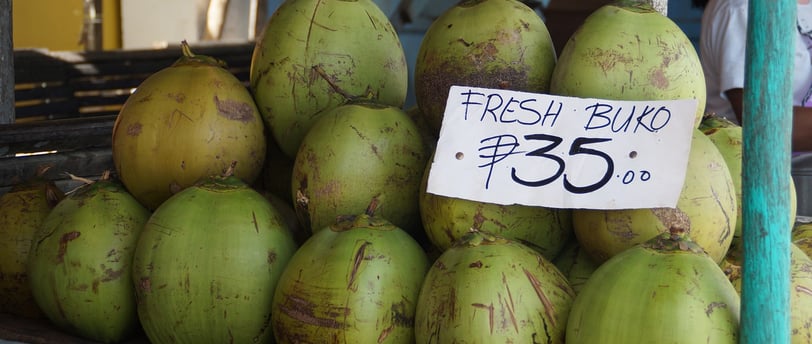Philippine Economy: Growth Amidst Challenges and Opportunities in 2024
The Philippine economy is experiencing moderate growth driven by infrastructure investments and household consumption, but faces challenges from rising inflation, high interest rates, and energy security concerns, which could affect its long-term economic prospects.
FINANCE


Economic Growth in 2024
The Philippine economy demonstrated resilience in the first half of 2024, achieving a 6.3% growth in the second quarter. This was an improvement from the 5.8% growth observed in the first quarter, driven primarily by increased government spending on infrastructure, a construction boom, and steady household consumption. The growth aligns with the government’s target range of 6% to 7% for the year, indicating a positive trajectory despite global economic headwinds.
Inflation and Interest Rates: A Double-Edged Sword
Despite the optimistic growth figures, the economy faces significant challenges, notably from persistent inflation and high interest rates. Inflation rose to 4.4% in July 2024, up from 3.7% in June, primarily driven by rising costs in food, fuel, and utilities. This increase in inflation has squeezed consumer spending, which is crucial for the economy, as household consumption accounts for nearly 70% of GDP.
The Bangko Sentral ng Pilipinas (BSP) has responded to inflationary pressures by maintaining high interest rates. While these measures are necessary to keep inflation in check, they have also dampened consumer spending and investment, creating a challenging environment for sustained economic growth. The high cost of borrowing is expected to persist into early 2024, limiting the potential for significant economic expansion.
Infrastructure and Investment: A Path to Long-Term Growth
To mitigate these challenges and ensure long-term economic stability, the Philippine government has placed a strong emphasis on infrastructure development. The "Build, Build, Build" program continues to be a cornerstone of the administration's economic strategy, with substantial investments in transportation, energy, and digital infrastructure. The government has allocated over PHP 1.3 trillion for infrastructure projects in 2024, focusing on reducing the country’s infrastructure gap, which remains a bottleneck to higher productivity and competitiveness.
Public-Private Partnerships (PPPs) are also gaining traction, with the government creating a more transparent and efficient framework to attract private sector investment. These initiatives are expected to fill the financing gap and accelerate the development of critical infrastructure projects, which are vital for the country's ambition to join the ranks of upper middle-income economies.
The Energy Challenge: A Critical Juncture
The energy sector presents both a challenge and an opportunity for the Philippines. The depletion of the Malampaya natural gas fields by 2025 poses a significant risk to energy security, particularly for Luzon, which depends heavily on this resource. The government is behind schedule in developing alternative energy sources, which could exacerbate the country's energy crisis.
However, there is also a strong push towards renewable energy, with the government aiming to increase the renewable energy share in the power mix to 35% by 2030. This shift towards sustainable energy is not only crucial for environmental goals but also offers significant economic opportunities, including job creation in the renewable energy sector. The private sector is increasingly recognizing the potential for profitability in sustainable ventures, which could drive further investment in this area.
Outlook and Conclusion
Looking ahead, the Philippine economy is projected to continue its growth trajectory, albeit at a moderated pace due to external and internal pressures. While the government remains optimistic about meeting its growth targets, achieving these will require navigating the challenges of inflation, high interest rates, and infrastructure deficits. Strategic investments in infrastructure and energy, coupled with effective economic policies, will be crucial in sustaining growth and ensuring that the country remains on track to becoming one of Asia-Pacific's trillion-dollar economies by 2033.
In conclusion, while the Philippine economy shows strong potential, it is at a critical juncture where the right mix of policy measures and investments will determine its ability to sustain growth and improve the quality of life for its citizens.
